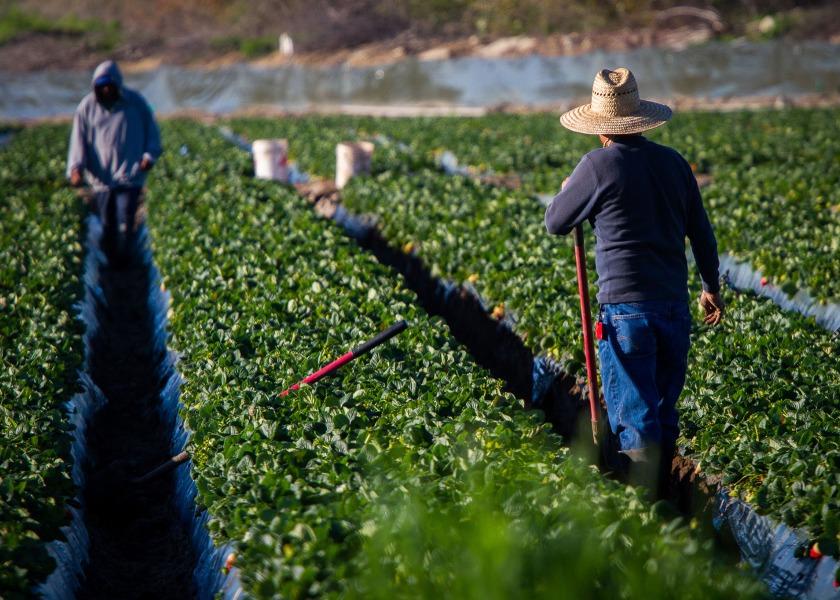Florida farmworker's death was preventable, Labor Department says

Last December a 28-year old worker from Mexico with work visa in hand started his new job at C.W. Hendrix Farms in Parkland, Fla. Like many agricultural workers in the region, he was hired and employed through an Okeechobee-area labor contractor.
However, he did not survive his first day on the job, according to a recent investigation by the Department of Labor's Occupational Safety and Health Administration that concluded the death was preventable.
“While many enjoyed the New Years’ Day holiday, the newly arrived worker was placing wooden stakes in the ground to support bell pepper plants at C.W. Hendrix Farms. Struggling to keep pace with more experienced farmworkers, he complained of fatigue and leg pain as the area’s heat index neared 90 degrees. Sometime later, co-workers found him unresponsive in a shallow drainage ditch,” the Labor Department said in a news release. “Like several co-workers, the experienced symptoms related to heat illness.”
An OSHA investigation determined that Okeechobee, Fla.-based labor contractor Rafael Barajas failed to establish critical safety practices around heat-related hazards — like providing workers with adequate water, shade and rest — that could have prevented the farmworker’s death, according to the release.
Barajas faces $15,625 in proposed penalties related to the serious violation of “exposing workers to high ambient heat while working in direct sunlight," according to the OSHA report.
“The first day of 2023 was this young worker’s last because his employer failed to take simple steps to protect him from heat exposure, a known and dangerous hazard,” OSHA Area Office Director Condell Eastmond said in the release. “Had Rafael Barajas made sure workers were given time to get used to working in high temperatures and provided them with water, shade and rest the worker might not have lost his life.”
C.W. Hendrix Farms and Barajas could not be reached for comment.
Heat-related fatalities continue to climb
Heat-related fatalities far outnumber other weather-related deaths, according to the National Weather Service. Compounded with the eye-opening statistic by the National Institutes of Health that agricultural workers are at least 35 times more likely to die of heat than other workers, farmworkers are increasingly at risk for heat injury and death as record-breaking temperatures continue to climb.
While regulation is one path to ensure workers are protected from preventable heat-related illness and death, there are no federal regulations requiring workplace accommodations. In fact, only California, Oregon, Colorado and Washington have mandated protections for outdoor farmworkers.
Conversely, in one of the hottest states in the U.S. in 2023, Texas Gov. Greg Abbott recently signed a law actively denying local officials the ability to establish their own protections for workers.
So, what can employers and advocates do to protect agricultural workers from heat-related illness and death? There are guides available for those looking to take action.
Get to know heat-related illness
July 3, 2023, was the hottest day ever recorded globally, according to the U.S. National Centers for Environmental Prediction. As temperatures rise, organizations and employee can review information on heat-related illness from the Centers for Disease Control and Prevention.
If an organization is seeking to set basic guidelines, California’s Heat Illness Prevention requirements for employers is one place to start. The standard includes:
-
Training all employees and supervisors about heat illness prevention.
-
Providing enough water for each employee to drink 1 quart per hour and encourage them to do so.
-
Offering access to shade and encouraging employees to take a rest in the shade for at least 5 minutes.
-
Developing and implementing a written plan for complying with Cal/OSHA’s Heat Illness Prevention Standard.
Another resource for the job site is OSHA’s heat safety app to calculate risk levels.







